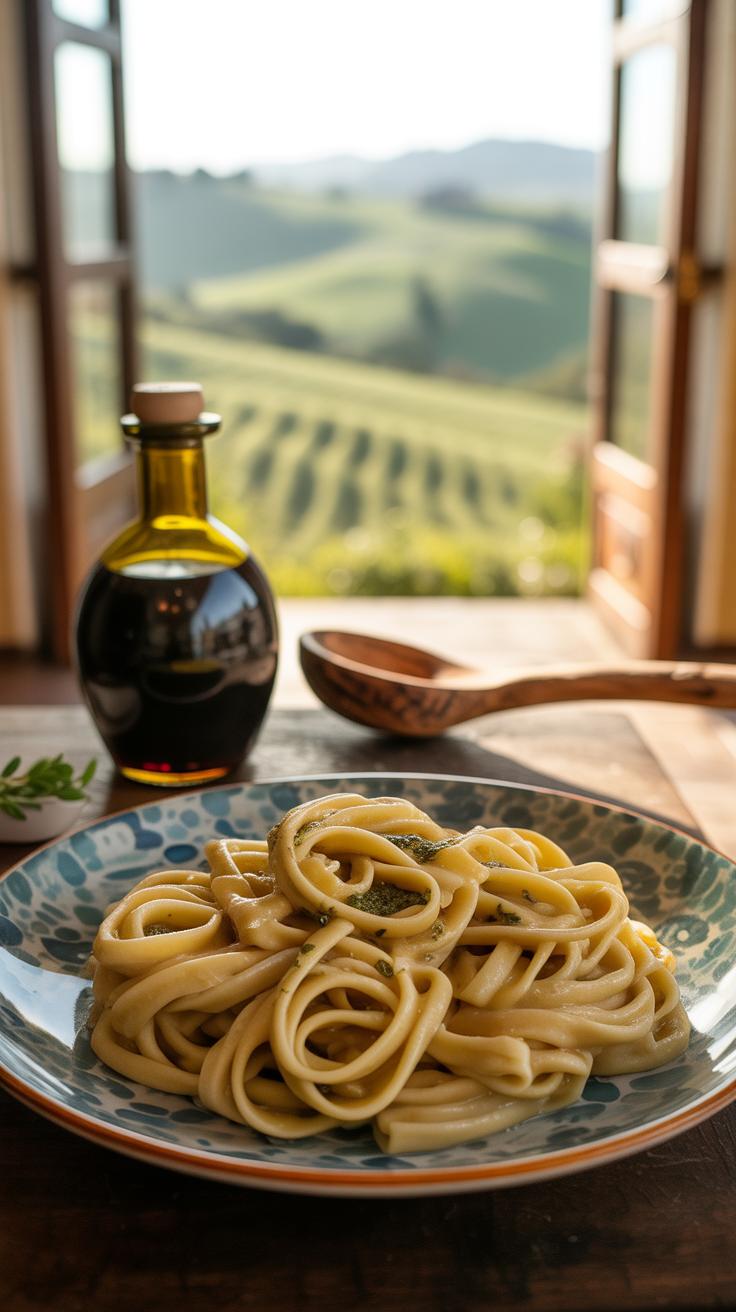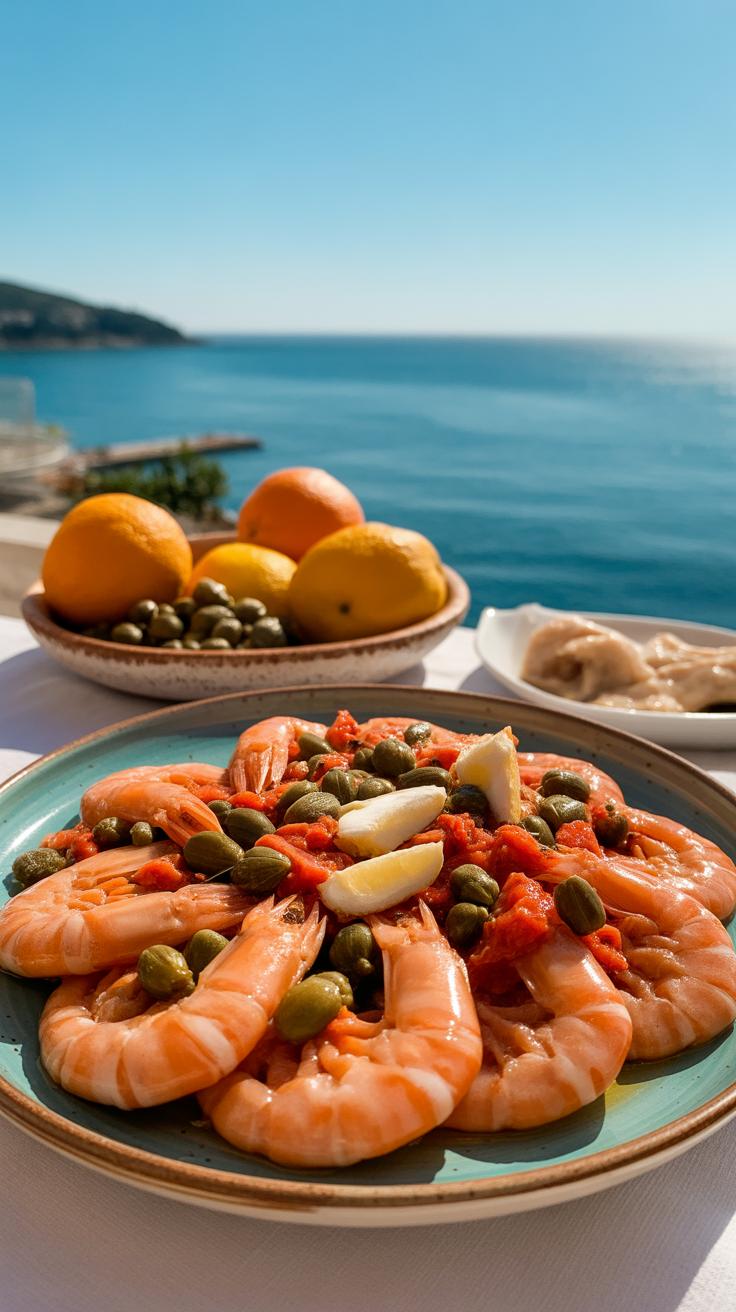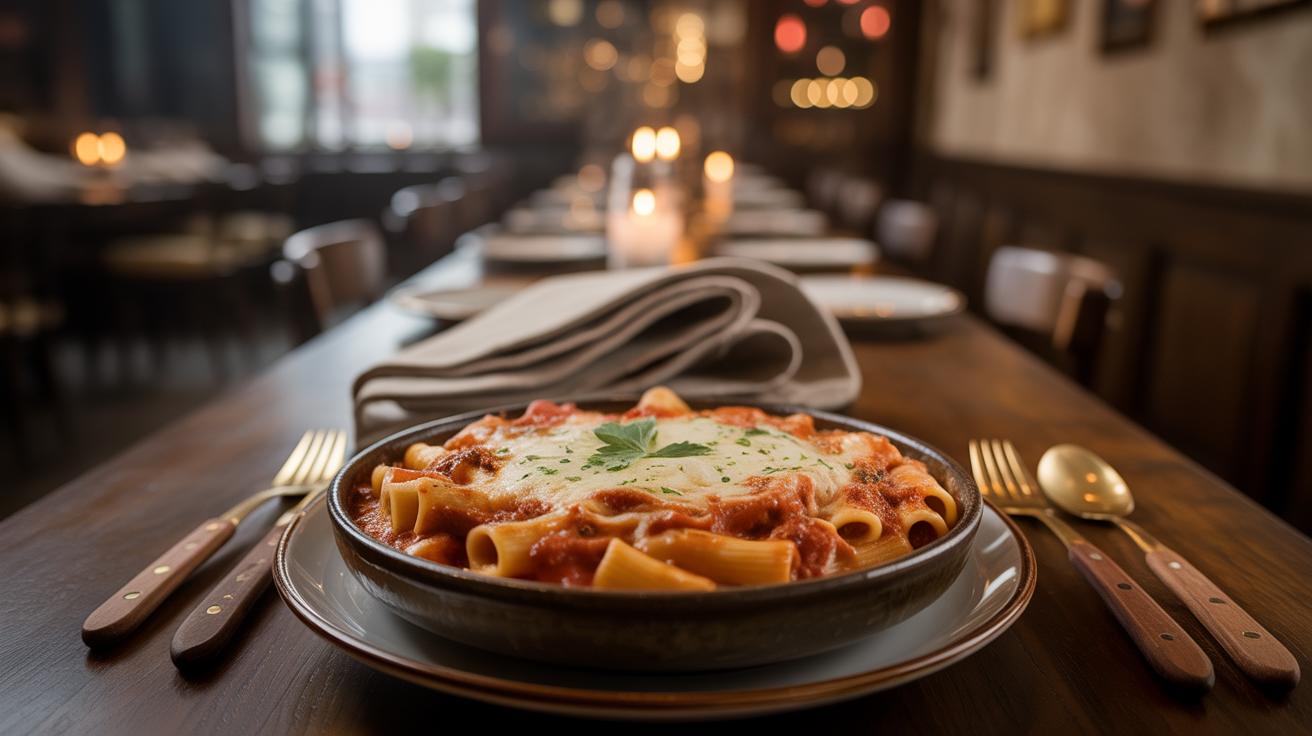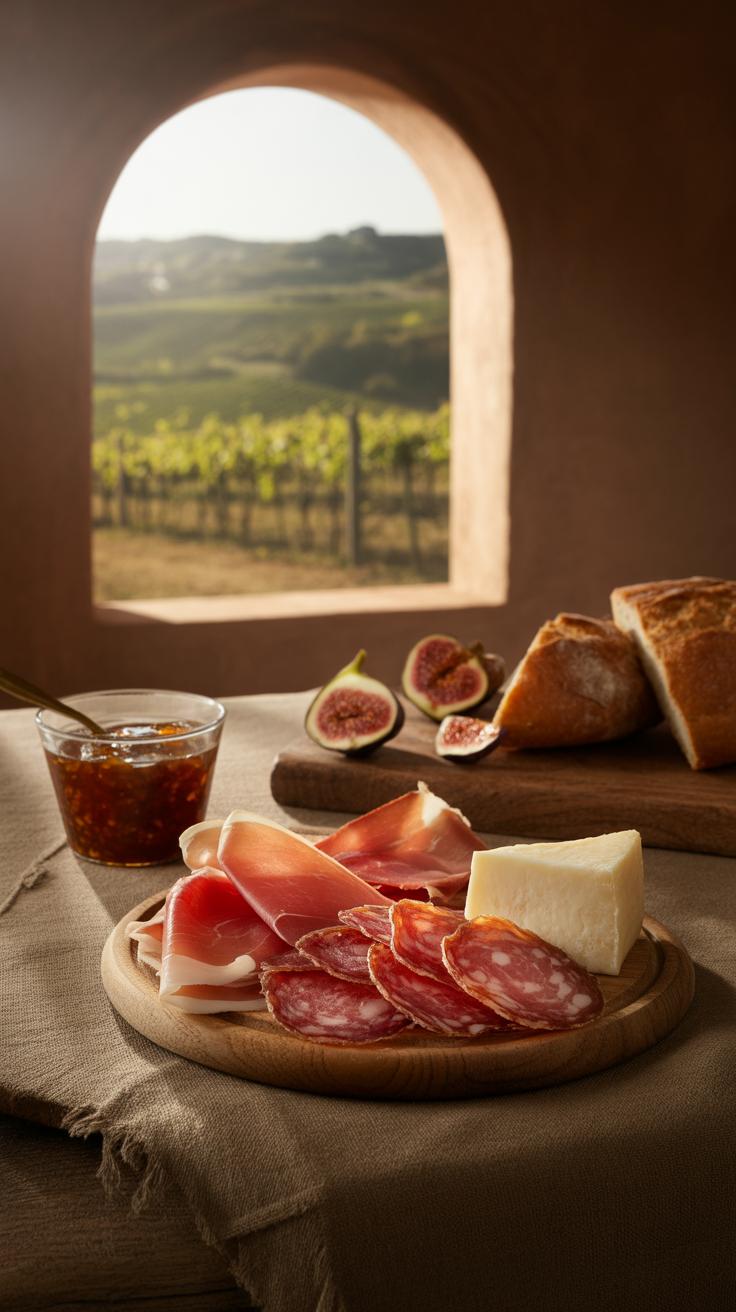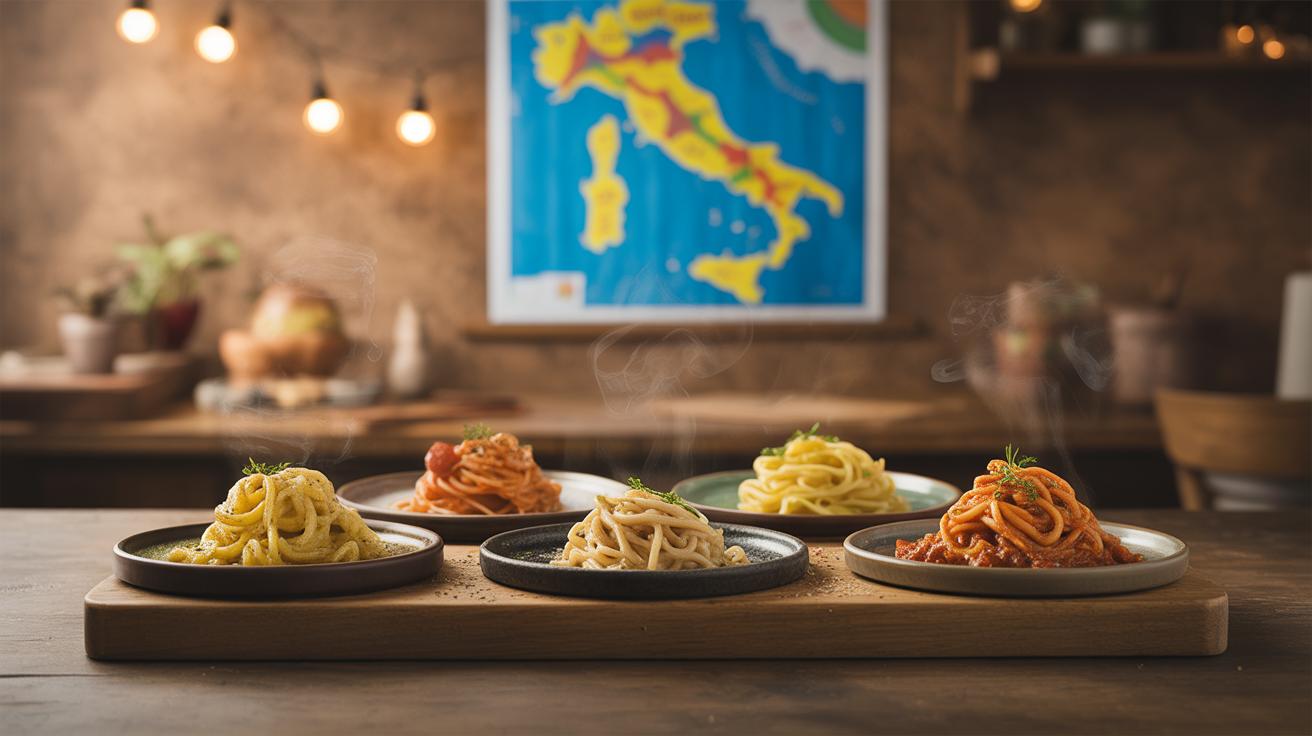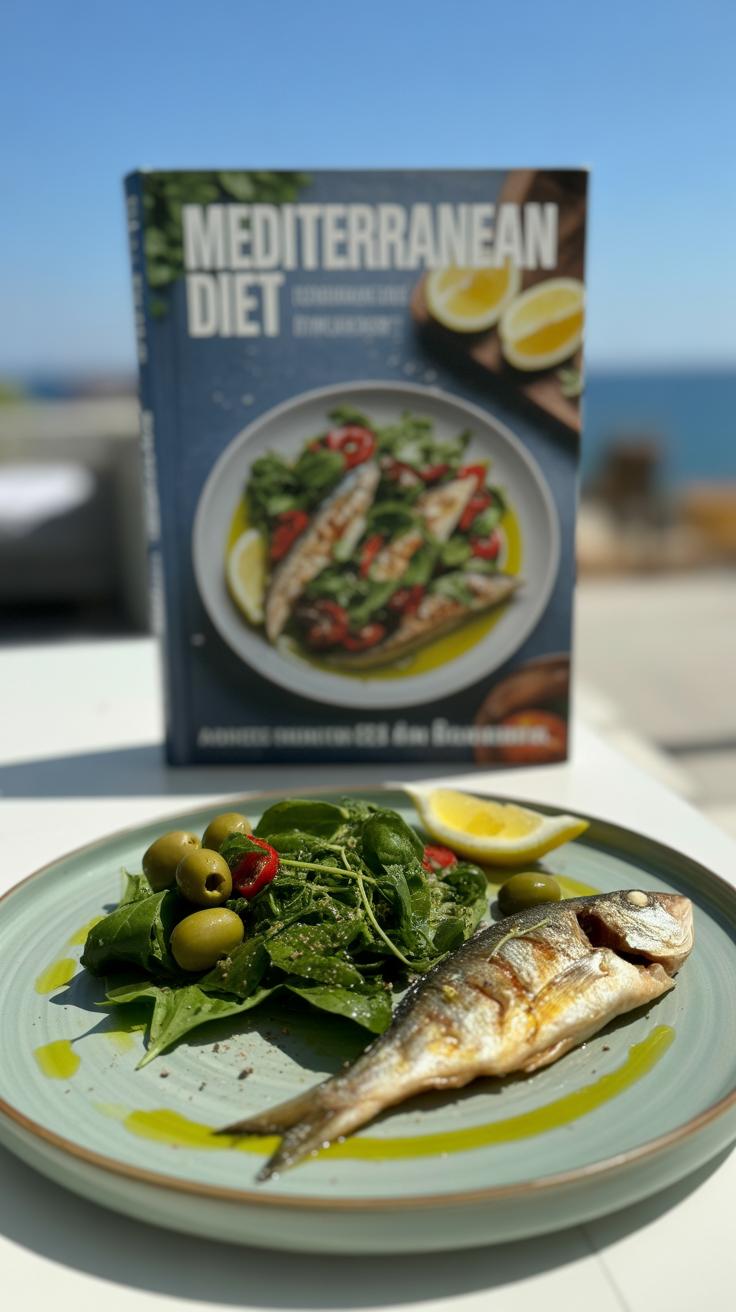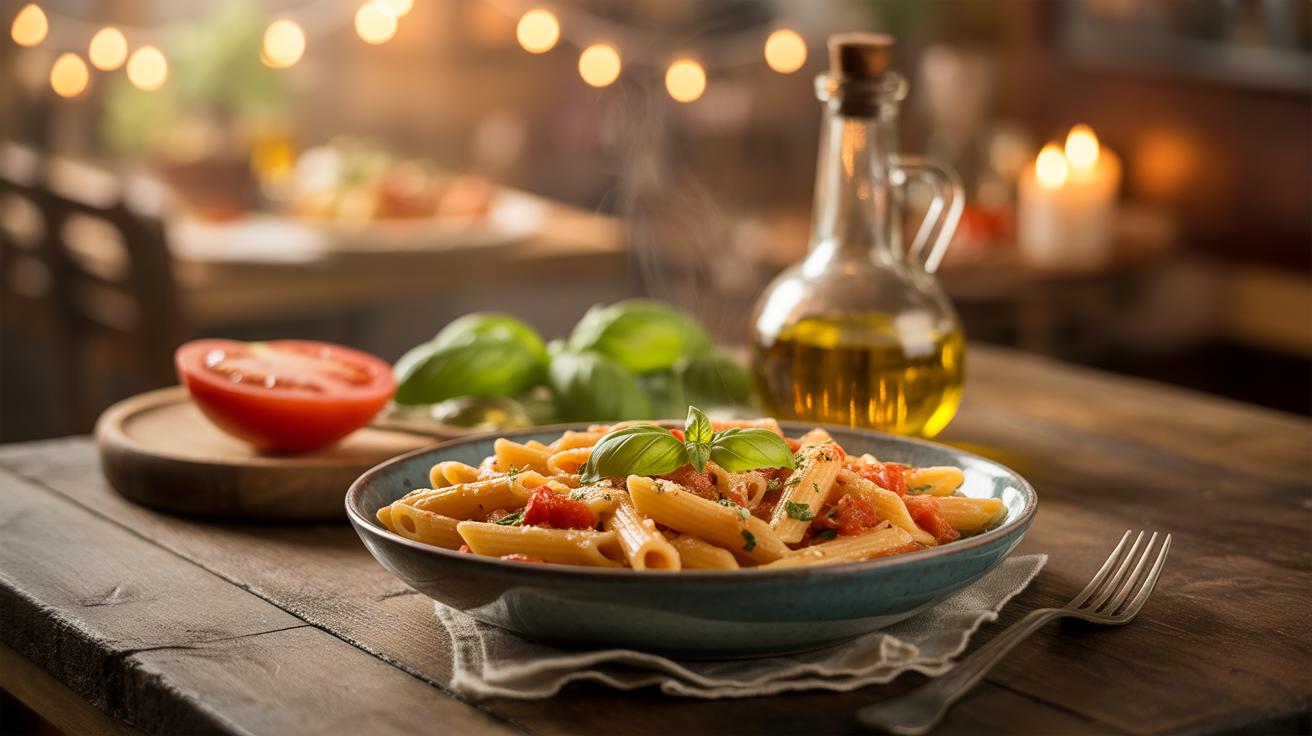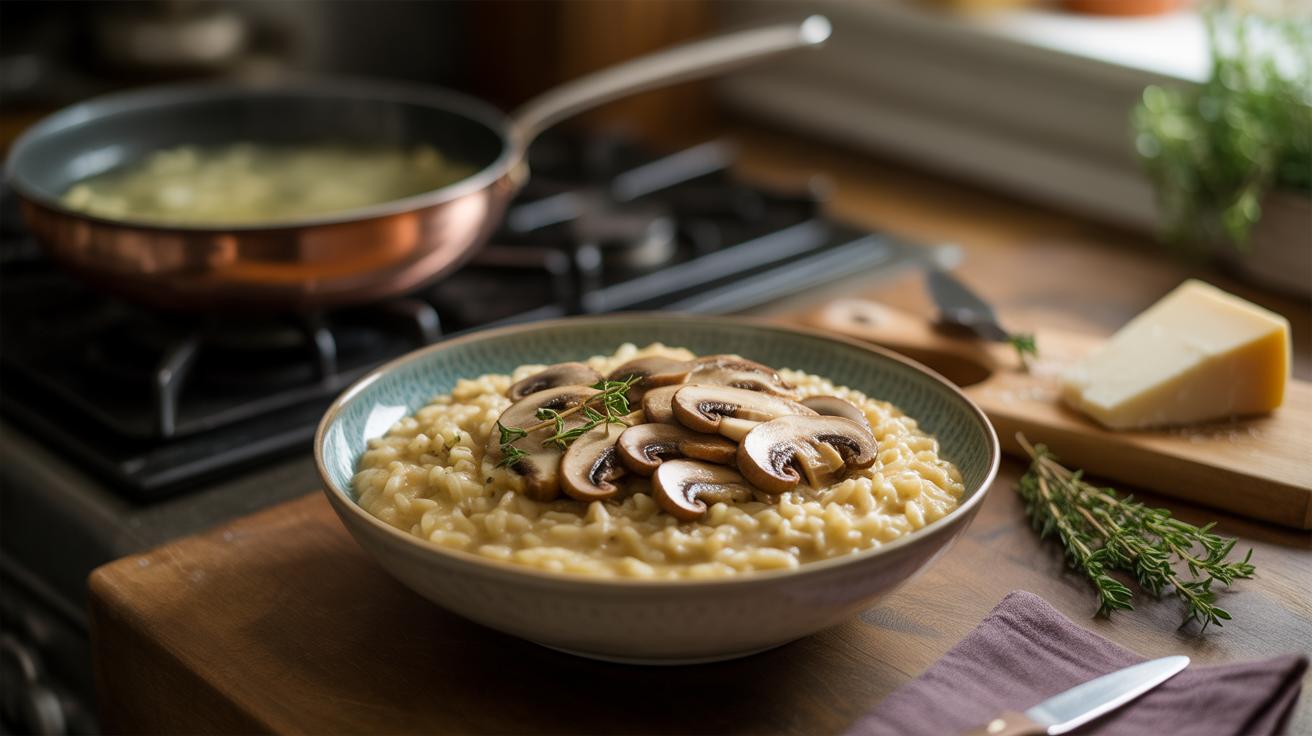Introduction
Italy offers a rich variety of food destinations with unique flavors and traditions. You do not need to travel to enjoy these culinary treasures. Exploring Italy’s food culture from home can bring the country’s tastes and aromas to your kitchen. This article will guide you through some of Italy’s most interesting food destinations and their specialties.
Each region of Italy has its own dishes and ingredients shaped by history and geography. Whether you like pizza, pasta, coffee, or desserts, Italy’s cuisine has something special. Get ready to learn about Italy’s food culture and how you can experience it from your home.
The Roots of Italian Cuisine
The story of Italian cuisine stretches back thousands of years, winding through the Roman Empire and beyond. Ancient Romans knew a lot about food—olive oil, wine, and grain formed the backbone of their diet. They ate a lot of simple things like legumes, vegetables, and fresh fish from the Mediterranean. Yet, they also enjoyed complex flavors, mixing herbs and spices that travelers brought from different parts of the empire.
Then came the Americas, bringing tomatoes, peppers, potatoes, and corn—ingredients that didn’t exist in Europe before the 15th century. It’s curious how these new foods, especially the tomato, became almost synonymous with Italian cooking, even though they are technically New World plants. Imagine pasta without tomato sauce—it’s almost impossible to picture now.
Ancient and Regional Influences
Italy’s geography played a huge role in shaping its cuisine. Mountainous areas and coastlines created a patchwork of food traditions. In the north, you find creamier butter-based dishes, while the south favors olive oil and fresh vegetables. Each region developed its own staples based on what was available nearby—pine nuts in Liguria, saffron in Abruzzo, or truffles in Piemonte.
This variety sometimes feels confusing—like suddenly switching from creamy risotto to sun-drenched caponata when moving between regions—but it’s an honest reflection of local life, history, and trade. It makes you wonder how many other countries’ cuisines are so closely tied to tiny patches of earth and the people who live there.
Simple Yet Flavorful
Italian cooking doesn’t rely on fancy techniques or heavy sauces. It’s about fresh, high-quality ingredients—ripe tomatoes, fragrant basil, good-quality olive oil—and letting those speak for themselves. The simplicity means you don’t need a long list of ingredients or hours of prep. Instead, the flavors are clear and direct.
I think that’s why Italian dishes feel so accessible. You can start with a few basics and end up with something satisfying. It’s easy to imagine cooking this way at home without special equipment or complex recipes. It’s in this straightforward approach that Italian food finds its charm and depth.
Northern Italy Food Specialties
Rice and Cheese Dishes
Northern Italy’s cuisine leans heavily on rice and cheese, which might surprise those who picture pasta at every meal. Take risotto, for example. This creamy rice dish requires patience and steady stirring, and it’s not just about the rice—it’s about the stock, butter, and cheese that meld into one rich experience. Parmesan, or Parmigiano-Reggiano, often tops it off, lending a sharp, nutty flavor that’s hard to replicate.
Cheese itself plays a large role here. Think beyond just grating it. Gorgonzola, mascarpone, and taleggio appear in sauces, spreads, and even desserts. These cheeses come from the north’s dairy-rich regions, where cows and sometimes goats produce milk that forms the backbone of many dishes. Dairy isn’t just an ingredient; it’s almost a flavor base in northern cooking.
Vegetables and Meat
When it comes to vegetables, Northern Italy favors hearty, earthy options. Think of root vegetables, mushrooms, and, yes, polenta made from cornmeal, which serves as a staple starch in place of pasta or rice at times. Polenta feels rustic but versatile—it can be creamy or firm, grilled or fried.
Meat here isn’t just a side note either—pork, veal, and game are common. Veal Milanese, a breaded cutlet fried to golden perfection, is a simple yet satisfying example. Sometimes, meat dishes pair with subtle vegetable accompaniments to balance flavors without overpowering each element. You’ll find meats slow-cooked with herbs or turned into sausages that add depth to everyday meals.
Does all this sound too different from what you expect? Maybe it’s the region’s climate or history shaping tastes—but these dishes remind you that Italian cuisine isn’t a single story. It’s a collection of quite distinct, often surprising chapters.
Central Italy Culinary Traditions
Pasta and Olive Oil
Tuscany and Rome center much of their cooking around fresh, simple ingredients—pasta and olive oil are at the heart of it all. You’ll find hand-rolled pici in Tuscany, thick and chewy, great for soaking up meaty ragùs or rich tomato sauces. In Rome, it’s often more about shapes like tonnarelli or bucatini, which have a firm bite and pair well with creamy carbonara or cacio e pepe.
Olive oil in Central Italy isn’t just an ingredient; it’s almost an emblem of the region’s soul. The oils tend to be grassy with a hint of bitterness, which balances the rich flavors well. You can taste the difference even when drizzled simply over a plate of pasta or on rustic bread—sometimes it’s the only seasoning needed, and that says something about its quality.
Hearty Roasts and Beans
Speaking of roasts, Central Italy embraces slow-cooked meats like porchetta—that crispy, herb-studded pork roast—is a must-try if you crave something robust and savory. Roast chicken with rosemary or lamb is common too, usually cooked with just a few vegetables, allowing the flavors to come through without distraction. It’s rustic, not fancy, but deeply satisfying.
Beans, especially cannellini, are staples here. They appear in soups or as side dishes, often cooked with a bit of olive oil and herbs, bringing a creamy, comforting element to meals. Vegetables like artichokes and kale also complement many dishes, creating a balance of textures and earthiness. Isn’t it fascinating how such modest ingredients can create meals that feel both simple and profound?
Southern Italy and Island Flavors
Seafood and Tomatoes
Southern Italy and the islands, like Sicily, offer a food experience deeply tied to the sea. Fresh seafood is everywhere—think tender calamari, briny clams, and sweet shrimp. Dishes often highlight those flavors simply, letting the freshness shine through rather than masking them with heavy sauces. Yet tomatoes play a key role too. You’ll find them stewed into rich, red sauces that cling to pasta or coat grilled fish. These sauces are typically vibrant but not overly complicated, made from ripe summer tomatoes, a bit of garlic, and olive oil. You might even wonder how something so basic tastes so good, but that’s the charm—the tomatoes’ natural sweetness balances the ocean’s saltiness perfectly.
Citrus and Sweet Flavors
Citrus fruits, particularly lemons and blood oranges, seem almost woven into the local cooking. Their sharpness adds a fresh twist to seafood dishes or salads. In Sicily, the scent of lemon zest is everywhere—not just in savory dishes but in desserts too. You might know cannoli, but there are lesser-known sweets that rely on citrus for a light, fragrant lift. Things like granita with lemon or orange, or pastries flavored with candied peel, offer a break from richer Italian desserts. Those tart notes awaken your palate, making the meal feel less heavy. It’s a subtle balance that sometimes surprises me—how a simple fruit can redefine a dish, making you linger longer at the table.
Italian Coffee Culture
Espresso and Coffee Bars
Coffee is more than just a drink in Italy—it’s part of daily life. Espresso, the cornerstone of Italian coffee, is a small, strong shot made by forcing hot water through finely ground coffee beans. It’s quick, intense, and typically served in a tiny cup. You might find it surprising, but many Italians drink espresso several times a day, often standing at the bar rather than sitting down.
Coffee bars are more than just places to get caffeine. They’re social hubs, little corners where time slows down, and conversations happen between sips. These bars are usually bustling in the morning, quieting in the afternoon, and then lively again come evening. The ritual of ordering a coffee, chatting with the barista, and briefly lingering is a kind of pause in everyday routines.
Home Coffee Making
At home, Italians often brew coffee using the moka pot, which produces a rich, concentrated coffee much like espresso but without a machine’s pressure. It’s an art of its own—how you fill the water, how tightly you pack the grounds, the heat level—all these subtly affect the flavor. The moka pot sits on the stove, and as the water boils, it’s pushed through the grounds, filling the top chamber with coffee.
Some families have electric espresso machines, but many still prefer the moka method. It’s affordable, reliable, and fits perfectly with a slower, more intentional morning. Then, there are variations like caffè latte or macchiato that Italians prepare by adding different amounts of milk or foam, but espresso remains at the heart of it all. Coffee in Italy isn’t just about the caffeine; it’s about the experience and the moment it creates.
Italian Cheese and Cold Cuts
Famous Cheeses of Italy
Italian cheese is a world of its own, filled with varieties that speak to different regions and traditions. Take Parmesan, for example—it’s not just grated over pasta. Originating from Emilia-Romagna, its sharp, nutty flavor can stand on its own or enrich a broth. Then there’s mozzarella, which feels like a fresh breeze from Campania. Soft, milky, and perfect melted on pizza or sliced in a caprese salad. And ricotta, which often confuses people. It’s not really cheese in the classic sense but a cheese byproduct that’s creamy, light, and pivotal in dishes like lasagna or cannoli. I personally find it fascinating how these cheeses can shift so much depending on the region or how they’re used in recipes. You might find a Parmesan in a soup or a ricotta dolloped on grilled bread.
Cold Cuts and Charcuterie
Moving from cheese to cold cuts, Italy’s offerings are just as diverse. Consider prosciutto, a dry-cured ham usually sliced thin and enjoyed raw. It comes mainly from Parma or San Daniele, with subtle taste differences that food lovers argue over. Prosciutto often opens a meal, paired simply with melon or wrapped around grissini. There’s also salami, mortadella, and bresaola, each with unique textures and seasoning. These cold cuts can serve as appetizers or star in sandwiches, bringing a satisfying depth to any dish. For some, like me, having a selection of these meats set out can make a casual pasta night feel more special. You might ask yourself—how do these meats change the way a meal feels? There’s this unspoken ritual in tasting them, almost like getting a slice of Italy in your home.
Iconic Italian Desserts
Sweet Treats and Cheese
Italian desserts often bring together sweet cheeses and fruits in ways that might surprise you. Take tiramisu, for instance. This layered dessert combines mascarpone cheese with espresso-soaked ladyfingers, sugar, eggs, and cocoa powder. It’s simple but deeply satisfying. The dish has subtle regional tweaks—some add a splash of Marsala wine, others use rum. It makes you wonder which version tastes closest to the “original.”
Cassata, coming from Sicily, uses ricotta cheese, candied fruits, and a sponge cake soaked in liqueur. The sweet ricotta contrasts beautifully with the sharp citrus notes of candied peel. It’s a bit more elaborate than tiramisu, but the flavors are just as memorable. Fruit and cheese, combined in desserts, highlight Italy’s knack for balancing rich and fresh.
Gelato and Pastries
Gelato frequently comes up as Italy’s answer to ice cream, though its texture is silkier and flavors more intense. Made with more milk and less cream than regular ice cream, gelato feels lighter—but it hits differently. Traditional flavors like pistachio, stracciatella, and hazelnut invite you to savor each bite slowly. Have you noticed how gelato is served at a slightly warmer temperature? That brings out more flavor, though it melts faster.
Pastries also form an integral part of Italian dessert culture. Cannoli, for example, are crispy shells filled with sweetened ricotta, often dotted with chocolate bits or pistachios. Then there’s sfogliatella, a layered, flaky pastry with a ricotta and candied citrus filling. These treats vary by region, their distinct textures and shapes reflecting local tastes and ingredients. The diversity in Italian pastries shows how much the country values variety even in something as straightforward as dessert.
Using Mediterranean Diet Principles
Pasta, Fish, and Vegetables
Italian food naturally reflects many Mediterranean diet principles, though you might think it’s all carbs and cheese at first glance. In reality, pasta in Italy is often accompanied by generous servings of vegetables—think ripe tomatoes, leafy greens, or artichokes—adding fiber and nutrients. Fresh fish appears regularly, especially in coastal regions, providing lean protein and healthy fats that complement the meals well. The emphasis isn’t on heavy sauces but lighter, more balanced combinations.
What strikes me is how simple these staples feel when you look closely: a plate of pasta with just olive oil, garlic, and seasonal vegetables can be surprisingly satisfying and well-rounded. You might wonder, can a carb-rich dish really be part of a healthy diet? It’s the portion size and accompaniments that matter, and Italians seem to get that balance right.
Wine and Cheese in Moderation
Wine and cheese, often seen as indulgences, actually hold an interesting place in Italian meals. They’re not thrown in randomly but savored in small amounts—perhaps a glass of red wine alongside dinner or a few shavings of Parmigiano-Reggiano to enhance flavors. This moderation adds to the overall harmony without tipping the scales toward excess.
Would your meal feel complete without a touch of cheese or a sip of wine? Many Italians think not. The key is how these are integrated into the meal—not as the main event, but as enhancing notes that round out the experience. This approach encourages mindful eating and keeps the meal balanced, sticking closely to what many consider the core of the Mediterranean diet.
Bringing Italys Food Home
Cooking Simple Italian Recipes
Trying Italian food at home doesn’t mean you need fancy gadgets or hard-to-find ingredients. Start small—think olive oil that smells fresh, good-quality canned tomatoes, real Parmigiano-Reggiano, and fresh basil or rosemary. These basics make a huge difference, even if the recipe is straightforward, like a classic pasta with garlic and olive oil. When picking pasta, try to choose one made from durum wheat semolina; it’s closer to what you’d find in Italy and holds sauce better.
Focus on simple dishes that highlight one or two ingredients—almost every Italian recipe does this. For instance, risotto requires patience but just a handful of items. When you cook, pay attention to textures and timing—that’s when food feels authentic, even if you’re not using grandma’s wood stove. Sometimes, messes or tastes slightly off can teach you more than perfect attempts.
Experiencing Italian Food Virtually
You can explore Italy’s food culture without leaving your kitchen or couch. Many Italian chefs and culinary schools offer online classes now—some even interactive. Joining a virtual pasta-making workshop or olive oil tasting can surprise you with what you learn, sometimes beyond just recipes. Ask questions, experiment as you watch. It feels almost like being there.
Virtual tours of markets in Naples or cheese farms in Emilia-Romagna pop up on social media and dedicated travel sites. These are worth checking out, especially if you like seeing food in its cultural setting. You might not regret it when you hear the market chatter or see the cheesemaker’s technique, even through a screen. Are these virtual encounters enough, though? Maybe not entirely, but they add layers to your understanding of Italian food traditions that mere recipes can’t.
Conclusions
Italy’s food culture reflects its history, geography, and people. You can explore many unique dishes and traditions by learning about regional specialties from home. Understanding these food destinations enriches your appreciation of Italian cuisine and culture.
Trying Italian recipes at home can bring new flavors and joy to your meals. The diverse ingredients and simple cooking styles allow for authentic tastes. Use this guide to start your culinary journey and enjoy Italy’s food traditions wherever you are.






